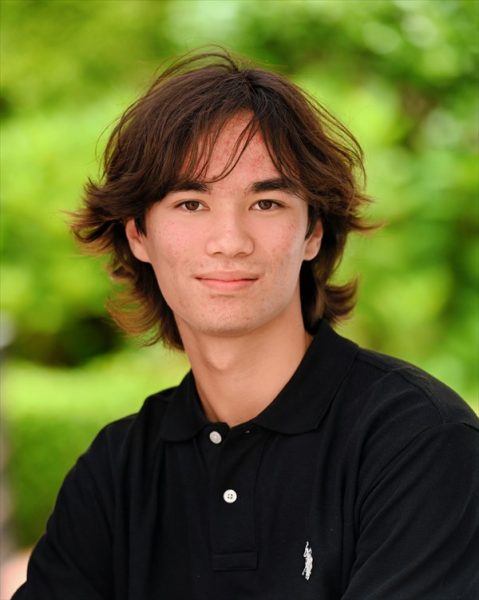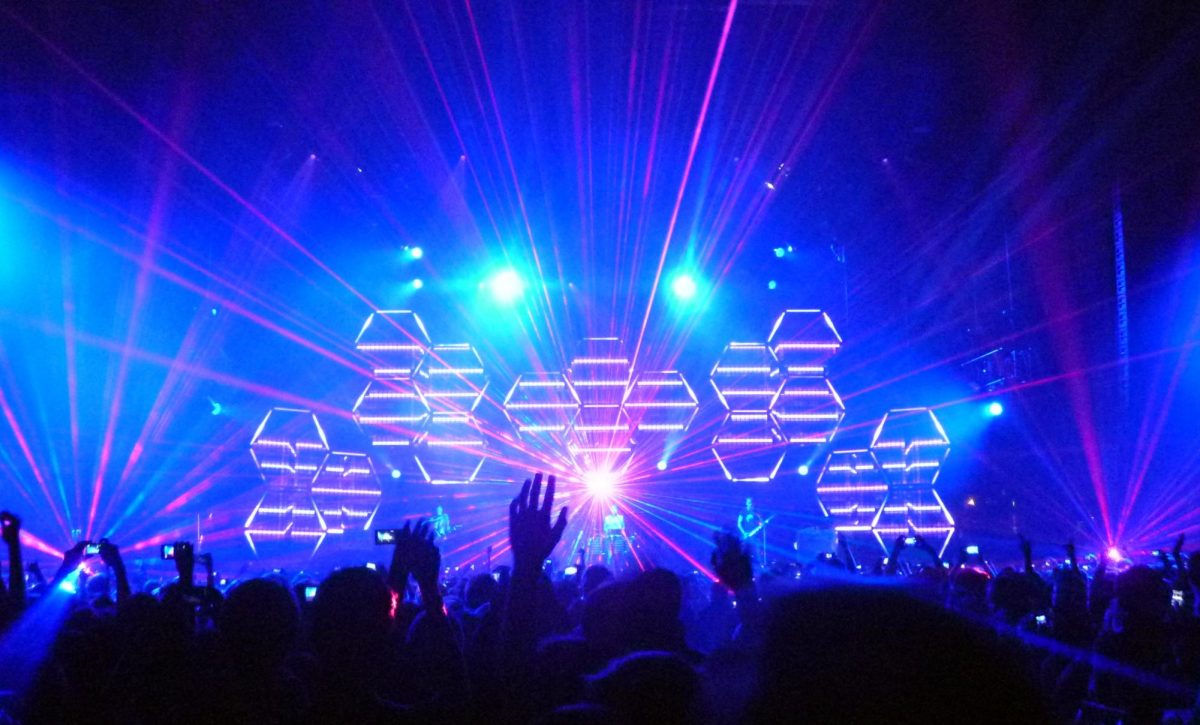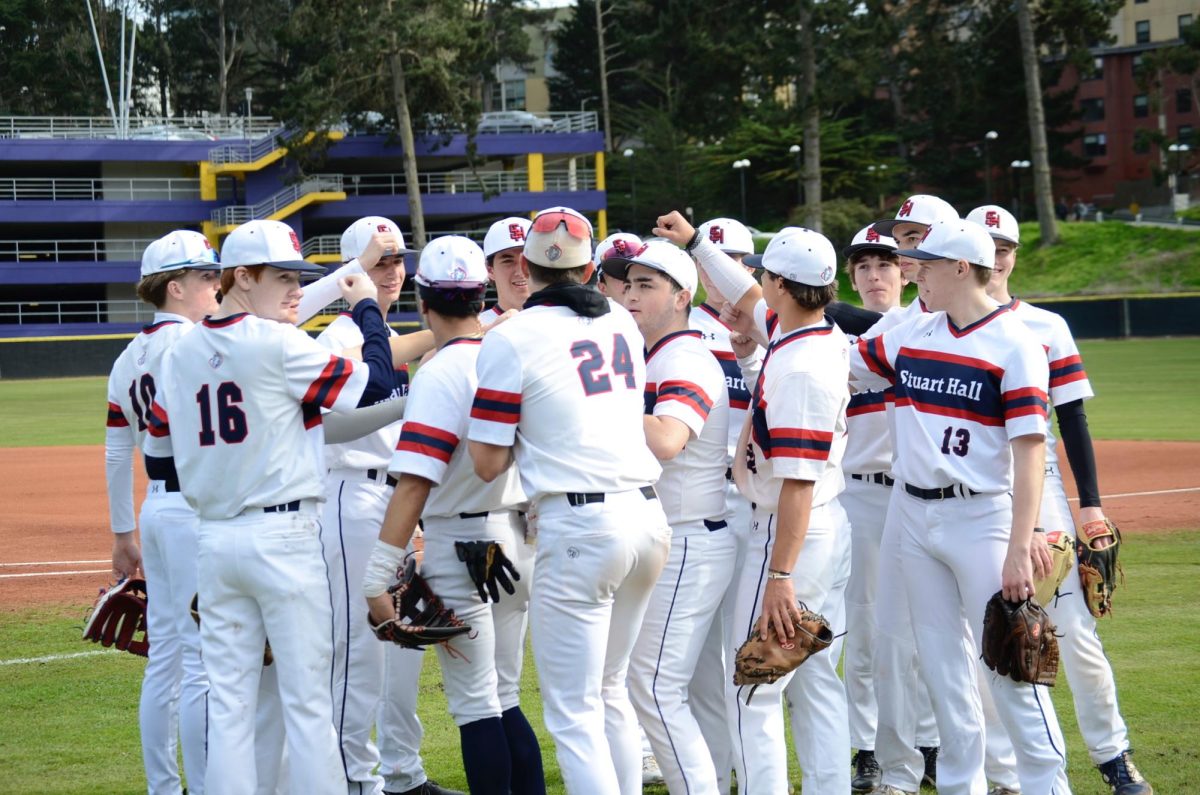Is it cool to like community?
October 6, 2016
There was an obvious stigma around school dances during the 2014-2015 school year: They aren’t cool, and if you go, you aren’t either. This message, among others, led to the first dance of that year being a complete flop, with less than 50 people from the two high schools showing up.
The small showing and mediocre night only further instilled the feeling that dances weren’t fun, they were a waste of time. People would rather go to a privately-organized party than attend a stigmatized school-organized event.
The next year, then-junior Michael Tellini was student body president. Tellini made a vow that he would bring dances back to life, and he delivered. Ever since Tellini took office, dance attendance has significantly increased and numbers have continued to rise.
Just last Saturday night, both schools showed up in droves for the Homecoming game and dance as school spirit was high and hearts were happy. This is a stark change from the year before, when the dance was attended by primarily underclassmen. The number of students from each grade level showed a commitment to the community and a desire to be a part of it.
The concept of community lives deep within the roots of the Sacred Heart Network, residing within the fourth of five Goals, “the building of community as a Christian value.” But, to some, being part of a community is not cool. Being part of a community stifles their individuality. Such ideals have become rudimentary in what some have come to know as the “stereotypical teenager.”
With a new wave of underclassman joining the community, combined with the relatively enthusiastic upperclassmen, the school is experiencing a change. Dances are “cool,” and as the word “cool” itself is being redefined as people seem to care less about what that definition is.
It is vital that we continue to push the acceptability of dances within our school, because if we do not, we may slip back into our old ways and squander our newly-acquired unity.






